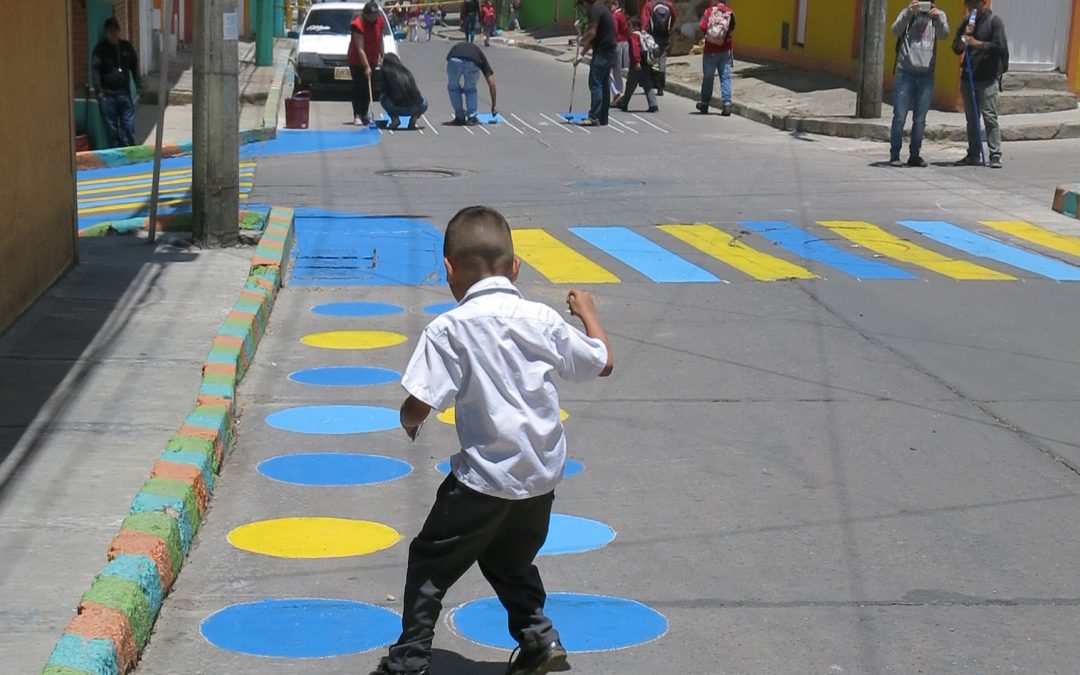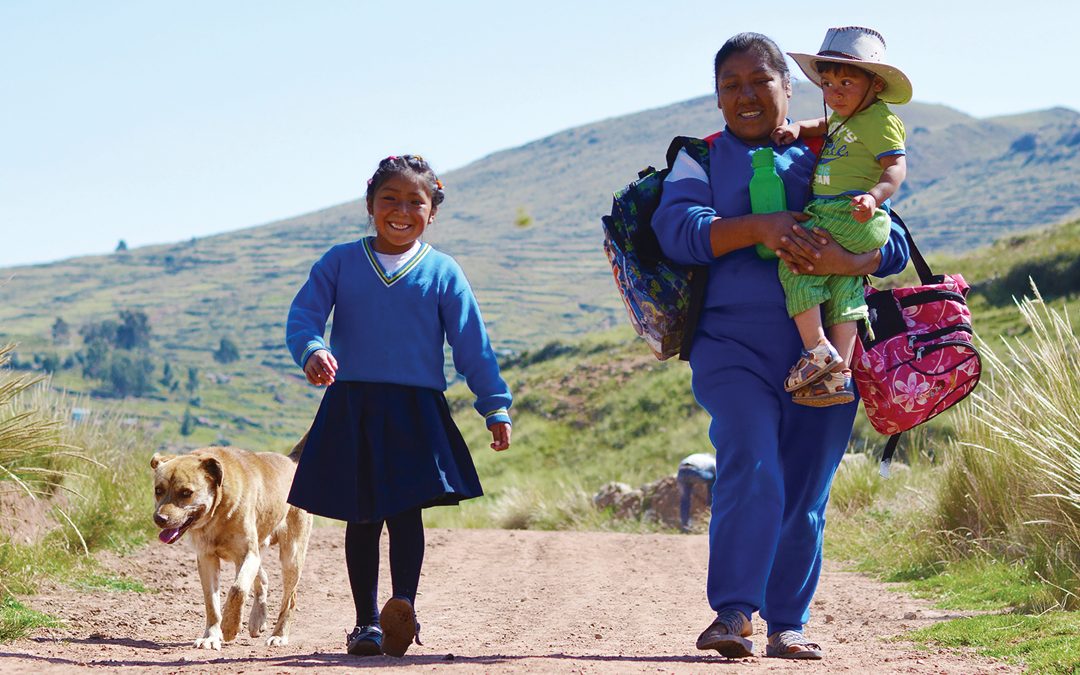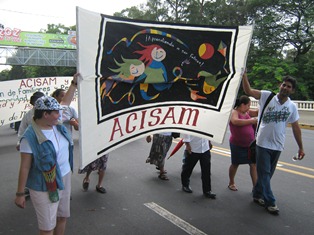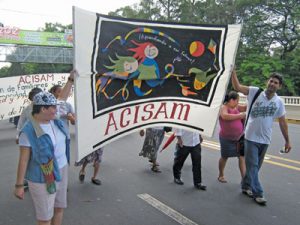
Casa de la Infancia and Urban 95 ‘Crezco con mi barrio’

Casa de la Infancia and Urban 95 ‘Crezco con mi barrio’;
ground-breaking work on early childhood development in Colombia
Ciudad Bolivar (Bolivar City) is a large urban area on the southern edge of Bogotá. To call it a suburb would imply a level of order and formality that would misrepresent the reality, for Ciudad Bolivar was established through the migration of large numbers of people to Bogotá under circumstances that were far from orderly. People came who were displaced from their homes during the armed conflict in Colombia or because they were seeking opportunities that did not exist where they came from or for a range of other reasons that made the city the best option for them at the time. The original settlements in the area were established through land invasions by people who erected temporary shelters and then improved them over time and as the development became more established.
Photo credit: Yemail Arquitectura
To visit Ciudad Bolivar now is to encounter a series of shanty towns, with houses often appearing stacked one top of each other as the city marches up and down the hills that are a feature of the area. The population density is very high, with every available space occupied and, according to our friends at the local NGO Fundación Casa de la Infancia, every house overcrowded. In places, recent constructions are perched on the edges of steep slopes and cliffs. Depending on where the boundaries are defined, the population of Ciudad Bolivar is between six hundred thousand and one million.
As a result of local efforts to beautify and distinguish parts of the city, some areas of housing in Ciudad Bolivar have their walls painted yellow, blue or green. A recent development, perhaps the most important in the history of the area, is that the city is connected to the southern transport routes of Bogotá by a modern cable system that enables residents to reach their work without the delays of road travel.
Another innovation within Ciudad Bolivar is Urban 95 and specifically ‘Crezco con mi barrio’ (‘I grow with my neighbourhood’), a program supported by the Bernard van Leer Foundation and implemented by different local Secretaries and with technical support from Casa de la Infancia. Urban 95 seeks to imagine the city through the eyes of someone who is 95 centimetres tall, specifically the eyes of a child. In doing so, it has transformed parts of La Acacia, a neighbourhood within Ciudad Bolivar. For example, some spaces formerly occupied as unapproved car parks or by local gangs, have been reclaimed as play areas for children and families. Previously dangerous streets are now brightly-painted walking routes to and from school. Green open spaces have been established.
Community Works has worked with Casa de la Infancia in different ways. As part of the Spring Impact research (supported by the Hilton Foundation) on early childhood development (see a separate case study on this page), we researched and prepared a case study on Urban 95 ‘Crezco con mi barrio’. The value of the research was to offer the Urban 95 experience to a wider international audience. In return, some people at La Acacia learned from examples and knowledge from similar initiatives in Africa and elsewhere.
As Casa de la Infancia has begun working with the Mayoral Office of Bogotá to scale the model in other places, we have facilitated workshops for up to sixty staff of government and non-government agencies associated with the initiative. Our visits to Ciudad Bolivar and meetings and workshops with local people have built our respect for the way they are tackling the hardships and the challenges of life on the edge of Bogotá.








